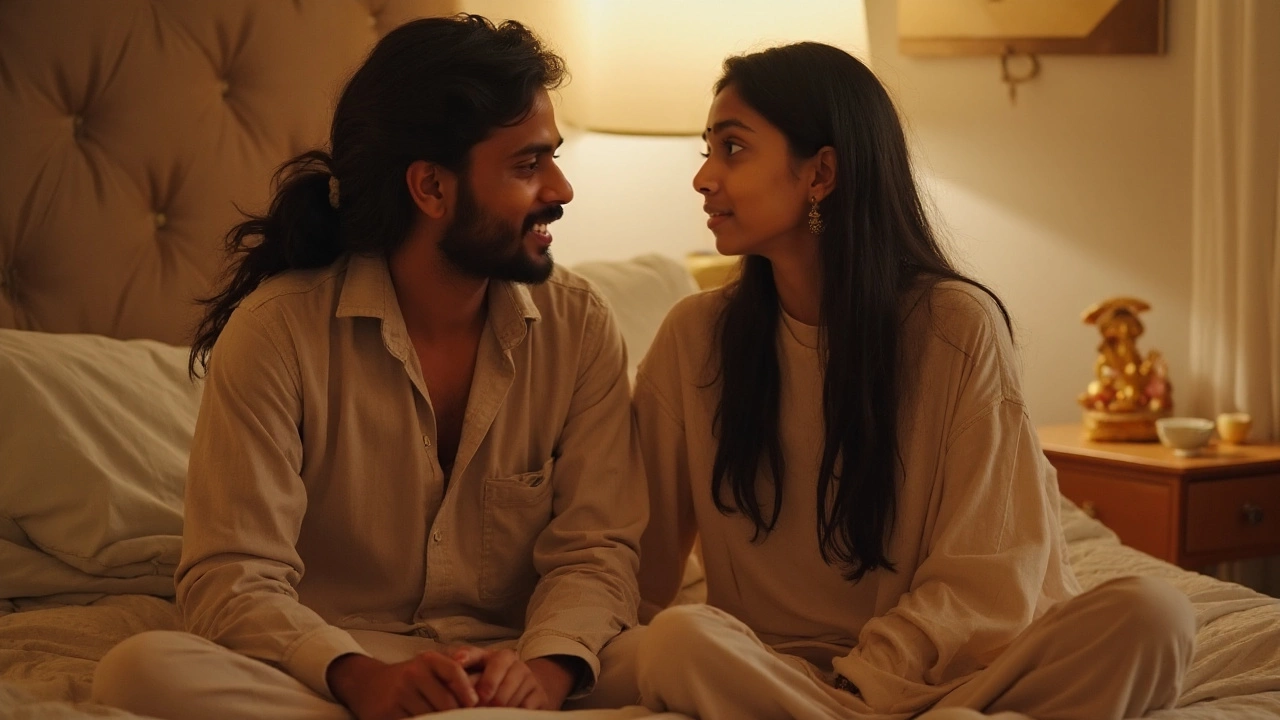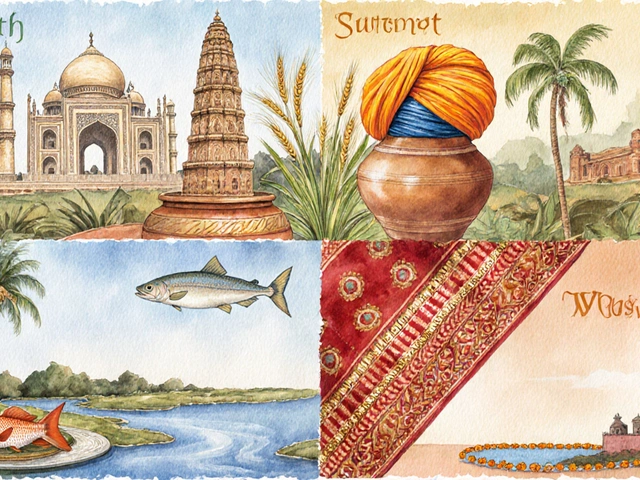Hindu Menstrual Taboos: Myths, Traditions, and Modern Challenges
When we talk about Hindu menstrual taboos, a set of cultural and religious restrictions placed on women during menstruation in parts of Hindu society. These rules often forbid women from entering temples, cooking, or even touching family members during their period. It’s not just about cleanliness—it’s tied to ancient ideas of purity, divine energy, and gender roles that have lasted for centuries. In many homes, women are still asked to sleep separately, avoid religious rituals, or stay out of the kitchen. These aren’t universal rules, but they’re common enough to shape how millions of women experience their own bodies every month.
These taboos don’t exist in a vacuum. They connect to Hinduism, a diverse, ancient religion with regional variations in belief and practice, and to women’s roles in Indian households, where tradition often dictates behavior around food, space, and ritual. For example, some families believe menstruation makes a woman temporarily impure—like a state of ritual pollution—based on texts like the Manusmriti, even though many modern scholars argue these interpretations were never meant to be absolute. Meanwhile, in rural areas, girls may miss school because there’s no clean place to change pads, and in cities, women quietly hide their periods to avoid judgment. The tension isn’t just between old and new—it’s between what’s written in scripture and what’s lived in real life.
What’s interesting is how these taboos are being questioned. Young women are speaking up. Doctors are explaining biology. NGOs are handing out free pads in villages. And in places like Kerala and Tamil Nadu, temple entry for menstruating women is now legally protected. But change is slow. In some parts of North India, women still can’t enter the puja room during their period—and they’re told it’s for their own good. The truth? These rules aren’t about health. They’re about control. And they’re not based on science—they’re based on fear, silence, and centuries of unchallenged tradition. The real question isn’t whether these taboos are religious. It’s whether they’re still fair.
Below, you’ll find real stories, cultural breakdowns, and personal experiences that show how these taboos play out across India—from village kitchens to urban apartments, from grandmothers who believe in them to daughters who refuse to follow them. This isn’t about judging tradition. It’s about understanding it—and deciding what to keep, what to question, and what to let go.





